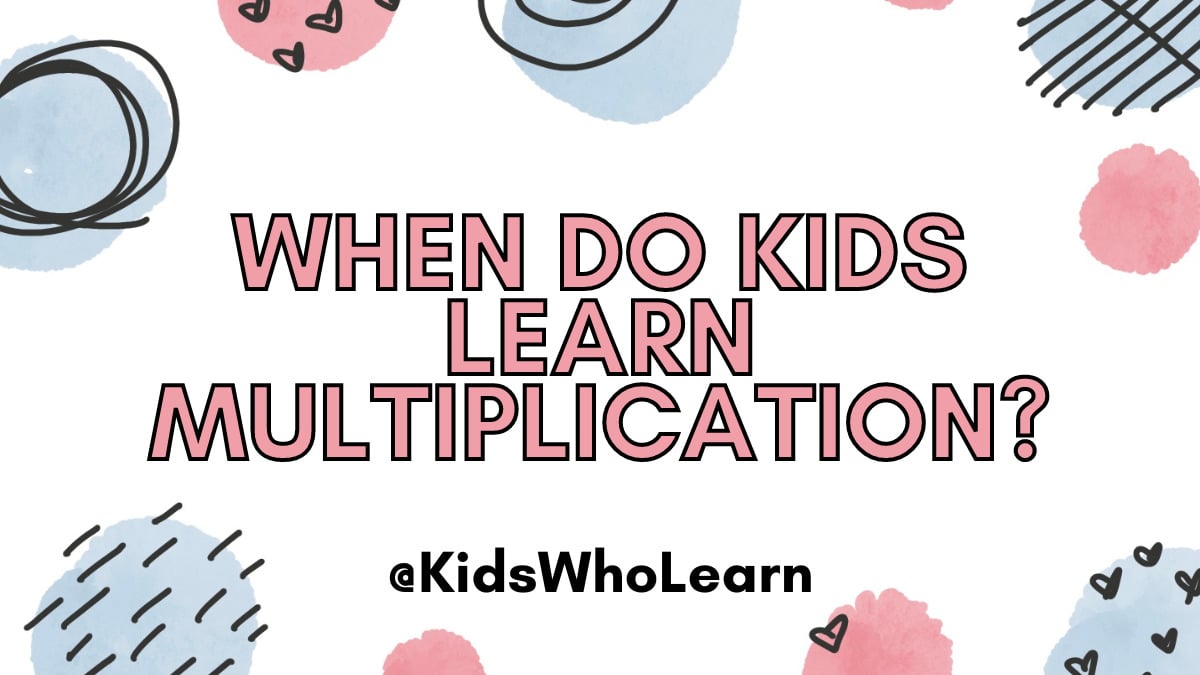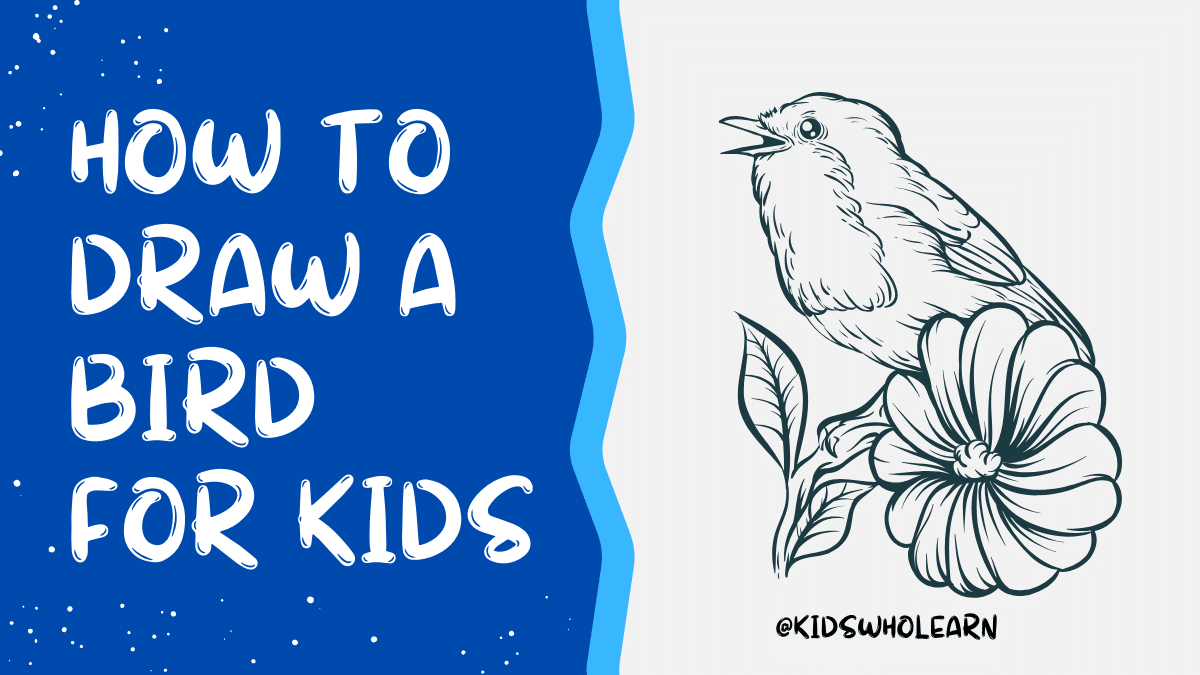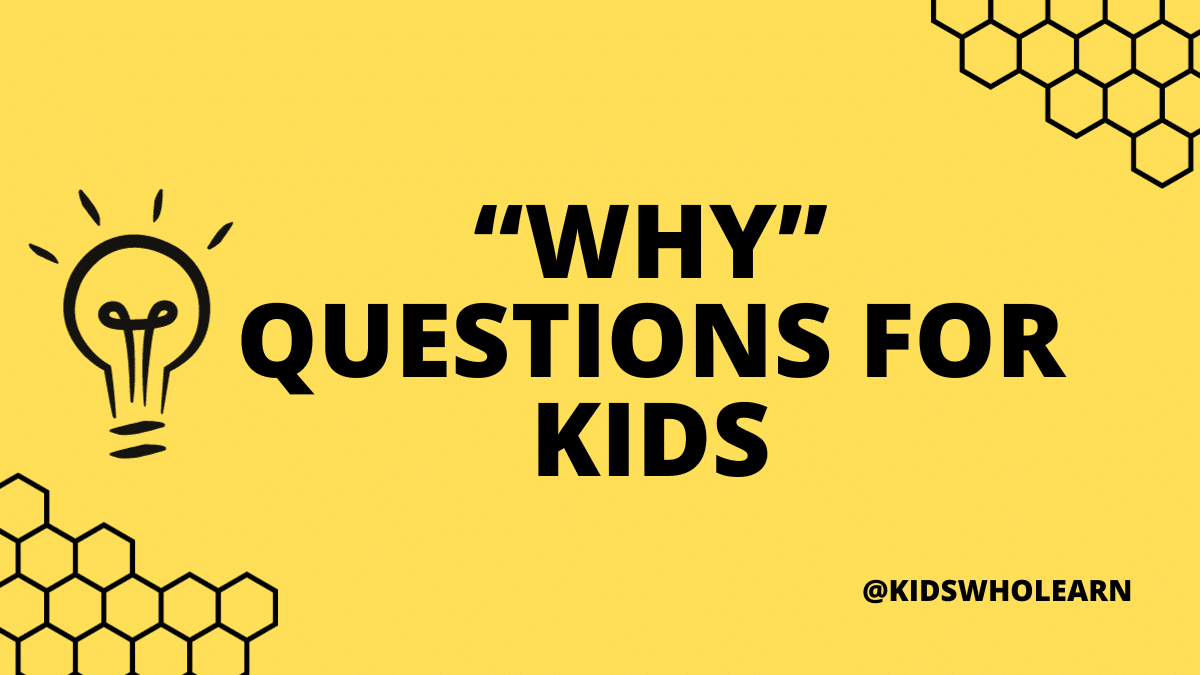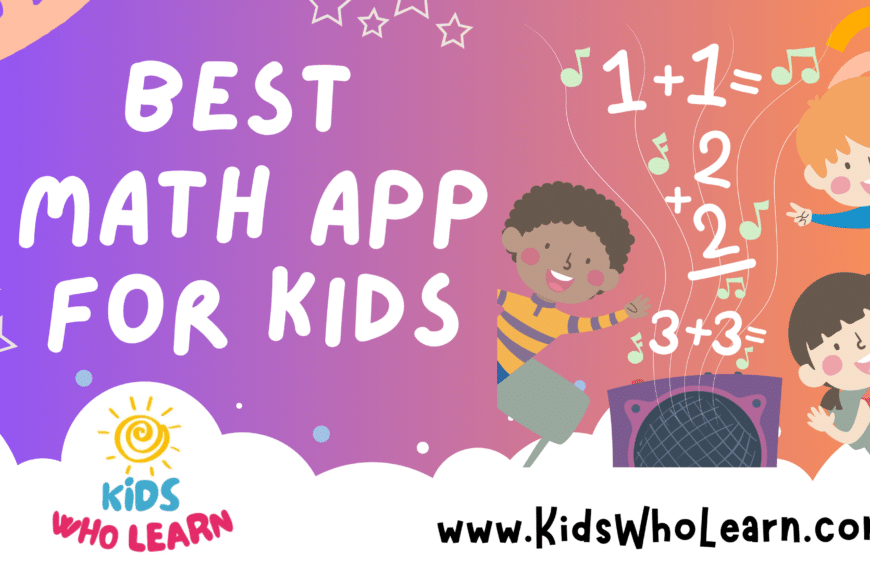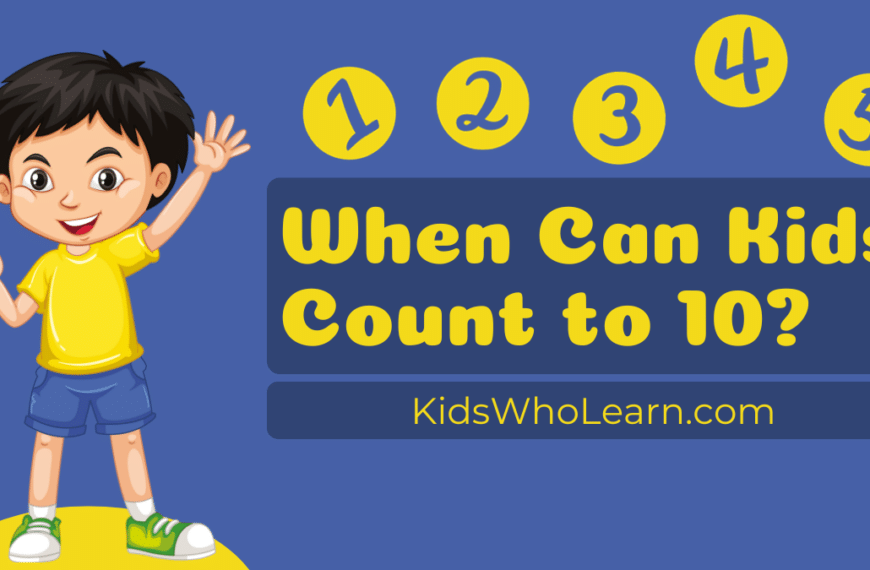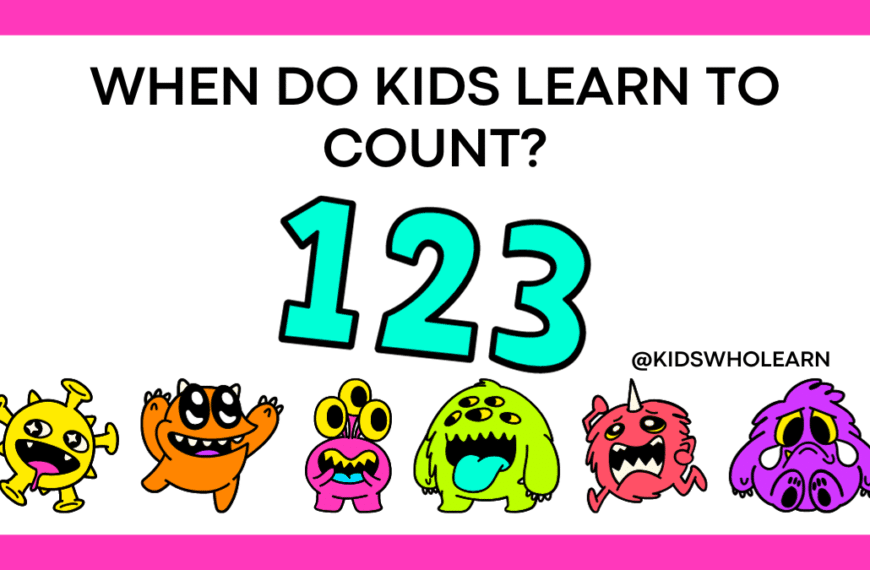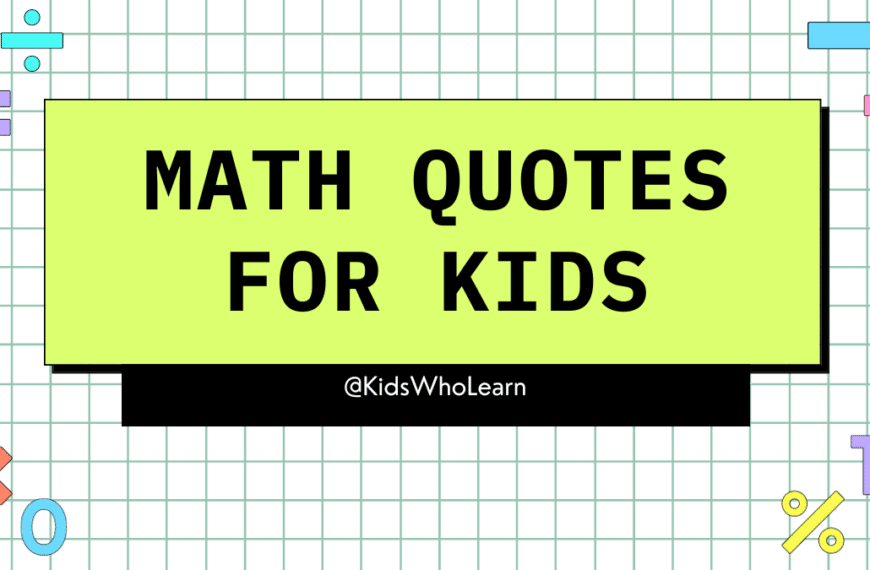Understanding when kids learn multiplication is important for parents and educators alike. Multiplication is a fundamental mathematical concept that opens the door to more complex math problems. Knowing when kids typically begin learning multiplication can help parents and teachers prepare to teach the subject effectively.
Multiplication is typically introduced in the second or third grade, but the exact age at which kids start learning multiplication can vary. Some children may pick up the concept earlier, while others may take longer to grasp it. However, most children are able to understand multiplication by the end of the third grade.
Key Takeaways
- Multiplication is a fundamental mathematical concept that opens the door to more complex math problems.
- Multiplication is typically introduced in the second or third grade, but the exact age at which kids start learning multiplication can vary.
- Most children are able to understand multiplication by the end of the third grade.
Understanding Multiplication
Multiplication is a fundamental arithmetic operation that involves finding the product of two or more numbers. It is an important skill that children learn in elementary school and is essential for solving many math problems. Here’s what you need to know about understanding multiplication:
Multiplication Basics
Multiplication is the process of adding a number to itself a certain number of times. For example, 3 times 4 means adding 3 to itself four times, resulting in 12. Multiplication can be represented using the multiplication sign (×) or the dot symbol (•).
Multiplication Tables
Memorizing multiplication tables is a common way for children to learn multiplication. Multiplication tables show the product of two numbers from 1 to 10. For example, the multiplication table for 2 shows 2 × 1 = 2, 2 × 2 = 4, 2 × 3 = 6, and so on. By memorizing these tables, children can quickly solve multiplication problems.
Strategies for Learning Multiplication
There are many strategies for learning multiplication, including:
- Repeated addition: This involves adding a number to itself a certain number of times to find the product.
- Skip counting: This involves counting by a certain number to find the product. For example, to find 6 times 4, you can count by 4s: 4, 8, 12, 16, 20, 24.
- Using manipulatives: Manipulatives such as blocks or counters can help children visualize multiplication problems.
- Drawing arrays: Drawing arrays can help children understand the concept of multiplication as groups of objects arranged in rows and columns.
When Do Kids Learn Multiplication?
Children typically begin learning multiplication in 2nd or 3rd grade. They start by learning the concept of multiplication and then move on to memorizing multiplication tables. By 4th grade, most children should have a solid understanding of multiplication and be able to solve multiplication problems quickly and accurately.
Overall, understanding multiplication is an important skill for children to learn in elementary school. By using strategies such as repeated addition, skip counting, and manipulatives, children can develop a strong foundation in multiplication that will serve them well in their future math studies.
When Do Kids Start Learning Multiplication
Multiplication is a fundamental concept in mathematics and is introduced to children in elementary school. Typically, kids start learning multiplication between the ages of 7 and 9, depending on their grade level and school curriculum.
At this stage, children have already developed basic math skills such as counting, addition, and subtraction. They are ready to move on to more complex concepts such as multiplication. Teachers use a variety of teaching methods to help kids understand multiplication, including visual aids, manipulatives, and games.
Below are some signs that your child is ready to start learning multiplication:
- They have a strong foundation in addition and subtraction.
- They can count to 100 or more.
- They can recognize and write numbers up to 100.
- They have a basic understanding of multiplication as repeated addition.
Once children have mastered the basics of multiplication, they can move on to more advanced concepts such as division and fractions. It is important to note that every child learns at their own pace, so some kids may start learning multiplication earlier or later than others.
In conclusion, children typically start learning multiplication between the ages of 7 and 9. Teachers use a variety of methods to help kids understand multiplication, and it is important to look for signs that your child is ready to start learning this fundamental concept.
Teaching Methods for Multiplication
When it comes to teaching multiplication to kids, there are several approaches that can be used. Here are some of the most common methods:
Repeated Addition
One of the simplest ways to introduce multiplication is by using repeated addition. For example, you can ask your child to add 3 + 3 + 3 to get 9, or you can ask them to add 4 + 4 + 4 + 4 to get 16. This helps them understand that multiplication is just a shortcut for adding the same number over and over again.
Arrays
Another method of teaching multiplication is through the use of arrays. This involves setting up a grid of rows and columns and asking your child to count the number of squares in the grid. For example, if you have a grid that is 3 rows by 4 columns, your child can count the squares and learn that 3 x 4 = 12.
Skip Counting
Skip counting is another effective way to teach multiplication. This involves counting by a certain number, such as 2, 3, 4, or 5. For example, if you count by 2s, you would say 2, 4, 6, 8, and so on. This helps your child see the patterns in multiplication and understand how it works.
Memorization
Finally, memorization is an important part of learning multiplication. Your child should memorize the multiplication tables up to 12 x 12. This will help them quickly recall the answers to multiplication problems and make math easier and more efficient.
Overall, there are many effective methods for teaching multiplication to kids. By using a combination of these approaches, you can help your child master this important math skill.
Role of Parents in Teaching Multiplication
As a parent, you play a critical role in your child’s education, including their understanding of multiplication. Here are a few tips to help you teach multiplication effectively:
- Start with the basics: Before jumping into multiplication, make sure your child has a solid understanding of addition and subtraction. These foundational skills will help them better understand multiplication.
- Use real-life examples: Help your child understand the practical applications of multiplication by using real-life examples. For example, if you’re baking cookies and need to double the recipe, show them how multiplication can help you do that.
- Practice, practice, practice: Repetition is key when it comes to learning multiplication. Make sure your child practices regularly, using flashcards, worksheets, or online resources.
- Make it fun: Learning multiplication doesn’t have to be boring. Use games, puzzles, and other fun activities to make the process more enjoyable for your child.
- Stay positive: Finally, it’s important to stay positive and encouraging throughout the learning process. If your child struggles with multiplication, offer support and guidance without getting frustrated or critical.
By following these tips, you can help your child develop a strong foundation in multiplication that will serve them well throughout their academic career.
Multiplication Learning Tools
When it comes to learning multiplication, there are many tools available that can help your child succeed. Here are a few tools that you may find helpful:
Flashcards
Flashcards are a great way to help your child memorize multiplication facts. You can purchase pre-made flashcards or make your own using index cards. To make your own flashcards, write a multiplication fact on one side of the card and the answer on the other side. You can also use flashcard apps for a more interactive experience.
Multiplication Tables
Multiplication tables are a helpful tool that can be used to teach your child multiplication. You can print out a multiplication table and have your child practice reciting it. You can also use a multiplication table to help your child understand the relationship between multiplication and addition.
Worksheets
Worksheets are a great way to help your child practice multiplication. You can find worksheets online or create your own. Worksheets can be used to help your child practice specific multiplication facts or to review multiple facts at once.
Manipulatives
Manipulatives are physical objects that can be used to help your child understand multiplication. For example, you can use blocks to demonstrate multiplication as repeated addition. You can also use a number line to help your child understand the concept of skip counting.
By using these tools, you can help your child learn multiplication in a fun and engaging way. Remember to be patient and encourage your child along the way.
Challenges in Learning Multiplication
Learning multiplication can be challenging for children due to several reasons. Here are some of the common challenges that children face while learning multiplication:
Memorization
Memorizing multiplication tables can be difficult for some children. They may struggle to memorize the numbers and may find it challenging to recall them quickly. This can make it difficult for them to perform multiplication calculations efficiently.
Understanding Concepts
Understanding the concept of multiplication can be tricky for some children. They may struggle to understand the relationship between multiplication and addition or the concept of repeated addition. This can make it difficult for them to perform multiplication calculations accurately.
Lack of Practice
Practice is essential when it comes to learning multiplication. Without enough practice, children may struggle to master multiplication tables and concepts. They may also forget what they have learned quickly.
Anxiety and Stress
Some children may experience anxiety and stress when it comes to learning multiplication. They may feel overwhelmed by the amount of information they need to memorize and the pressure to perform well. This can make it difficult for them to focus and learn effectively.
Learning Disabilities
Some children with learning disabilities may find it challenging to learn multiplication. They may struggle with memorization, understanding concepts, or performing calculations. In such cases, it is essential to provide them with additional support and resources to help them learn effectively.
In conclusion, learning multiplication can be challenging for children due to various reasons. However, with the right support, resources, and practice, children can overcome these challenges and master multiplication.
Overcoming Multiplication Learning Challenges
Learning multiplication can be a challenging task for many kids, but there are ways to overcome these challenges. Here are a few strategies that can help you overcome multiplication learning challenges:
- Practice, Practice, Practice: One of the best ways to overcome multiplication learning challenges is to practice regularly. The more you practice, the more comfortable you will become with multiplication tables, and the easier it will be to solve multiplication problems.
- Use Visual Aids: Using visual aids, like multiplication tables, charts, or diagrams, can help you understand the concept of multiplication better. These visual aids can help you visualize the multiplication process and make it easier to remember multiplication facts.
- Break Down the Problems: Multiplication problems can be overwhelming, but breaking them down into smaller, more manageable parts can make them easier to solve. For example, if you’re struggling with 6 x 7, you can break it down into 6 x 5 and 6 x 2, and then add the results together.
- Find Real-World Examples: Finding real-world examples of multiplication can help you understand how it works in practical situations. For example, if you need to buy three packs of gum that cost $2 each, you can use multiplication to figure out the total cost.
- Get Help: If you’re still struggling with multiplication, don’t be afraid to ask for help. You can ask your teacher, a tutor, or a parent for assistance. Sometimes, all you need is a little extra help to overcome multiplication learning challenges.
By using these strategies, you can overcome multiplication learning challenges and become more confident in your math skills. Remember, practice makes perfect, and with a little effort, you can master multiplication!
Conclusion
By now, you have a good understanding of when kids typically learn multiplication. It’s important to keep in mind that every child is different and may learn at their own pace. However, there are some general guidelines that can help you determine when your child may be ready to start learning multiplication.
Remember, it’s important to start with the basics and build from there. Teach your child how to count and recognize numbers before moving on to multiplication. Once your child has a good grasp on addition and subtraction, you can start introducing them to multiplication.
It’s also important to make learning multiplication fun and engaging. Use games, puzzles, and other activities to help your child learn and practice their multiplication skills. And don’t forget to praise your child for their hard work and progress.
Overall, with patience, practice, and a positive attitude, your child can learn multiplication and become a confident and successful math student.
Frequently Asked Questions
At what age do children typically start learning multiplication?
Children usually start learning multiplication around the age of 7 or 8. However, the exact age may vary depending on the child’s readiness and the curriculum of their school.
What grade level do children usually begin learning multiplication?
Multiplication is typically taught in the second or third grade. However, some schools may introduce it earlier or later depending on their curriculum.
What are the typical multiplication facts children learn in elementary school?
In elementary school, children typically learn multiplication facts up to 12×12. This includes the basic multiplication tables from 1 to 10 and their corresponding facts up to 12.
What is the average age a child should have their multiplication tables memorized?
Most children should have their multiplication tables memorized by the end of the fourth grade. However, some children may take longer to memorize them, and that is okay.
How can I help my child learn multiplication?
You can help your child learn multiplication by practicing with them regularly, using visual aids such as manipulatives and charts, and making it fun by incorporating games and activities.
What are some effective strategies for teaching multiplication to children?
Effective strategies for teaching multiplication to children include using real-life examples, breaking down the multiplication process into smaller steps, and using hands-on activities to help children understand the concept better.

